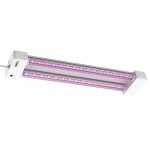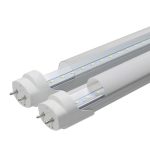Sleep Better with Warm LED Lights: Understanding How Light Temperature Affects Your Sleep Quality

Getting quality sleep is crucial for our overall health and well-being. However, with our fast-paced lifestyle and constant exposure to electronics, it can be challenging to get the rest we need. One factor that can greatly affect our sleep quality is the type of light we are exposed to before bedtime. Research has shown that warm LED lights can help improve sleep quality, but why is this the case? Understanding the relationship between light temperature and sleep can help us make better choices when it comes to our sleep environment. Light temperature refers to the color of light emitted by a light source. It is measured in Kelvin (K) and can range from warm, yellowish tones to cool, bluish tones. Our bodies have evolved to recognize and respond to different light temperatures, which can affect our circadian rhythm – our internal clock that regulates our sleep-wake cycle. Warm LED lights, with a temperature range of 2700K-3000K, mimic the warm tones of sunset and can stimulate the production of melatonin, the hormone that helps us fall asleep. In contrast, cool LED lights with a temperature range of 4000K-6500K, emit blue light that can suppress melatonin production, making it harder to fall asleep and stay asleep. By understanding the impact of light temperature on our sleep, we can make simple adjustments to our environment to optimize our sleep quality.
What Is Light Temperature?
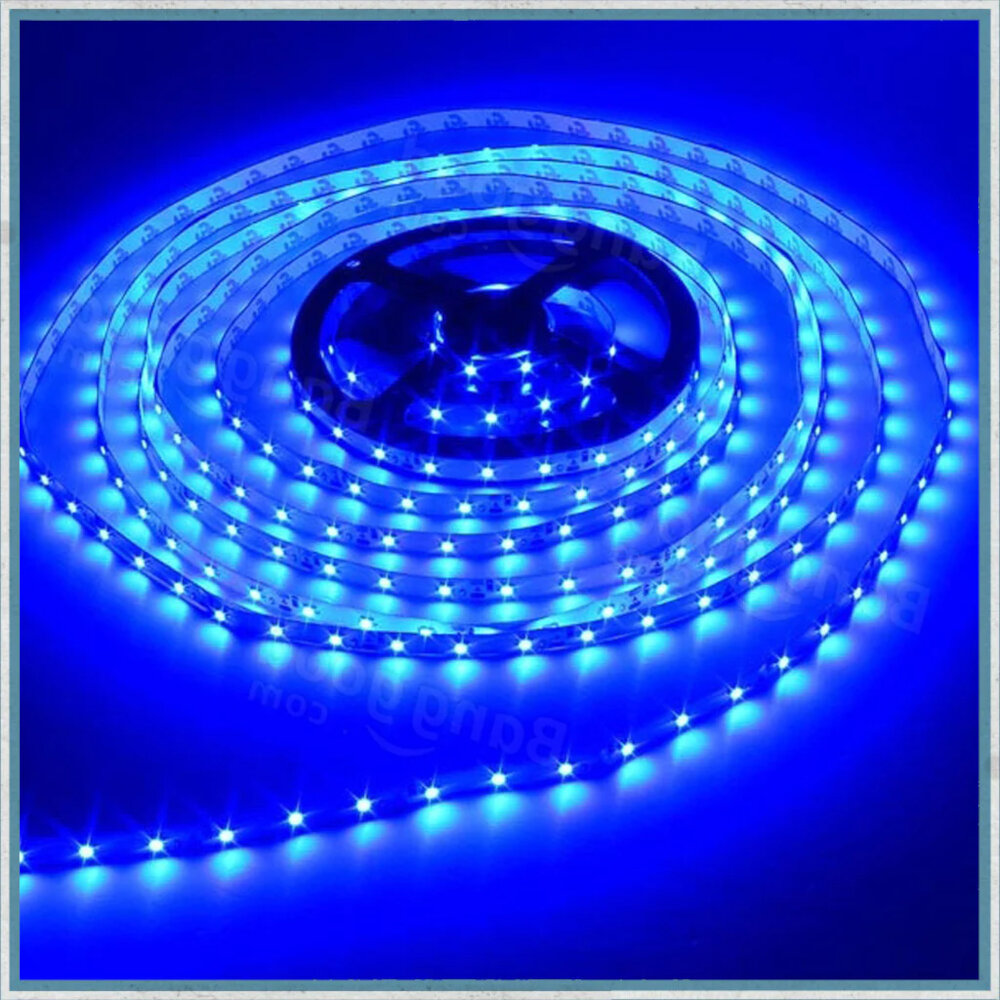
Light temperature refers to the color appearance of light, which can range from warm, yellowish tones to cooler, bluish tones. It is measured in Kelvin (K) and is used to describe the color of light emitted by a light source. The lower the Kelvin temperature, the warmer and more yellow the light appears, while the higher the Kelvin temperature, the cooler and more blue the light appears. Understanding light temperature is crucial for creating a comfortable and relaxing environment, especially when it comes to sleep quality. Research has shown that exposure to blue light, which is typically associated with cool, daylight-like temperatures, can disrupt the body’s natural sleep-wake cycle. This is because blue light suppresses the production of melatonin, a hormone that helps regulate sleep. On the other hand, warmer, yellow-toned light can actually promote relaxation and help prepare the body for sleep. By choosing the right light temperature for your bedroom, you can create a sleep-friendly environment that promotes healthy sleep patterns and improves overall sleep quality.
The Effects of Light Temperature on Sleep Quality
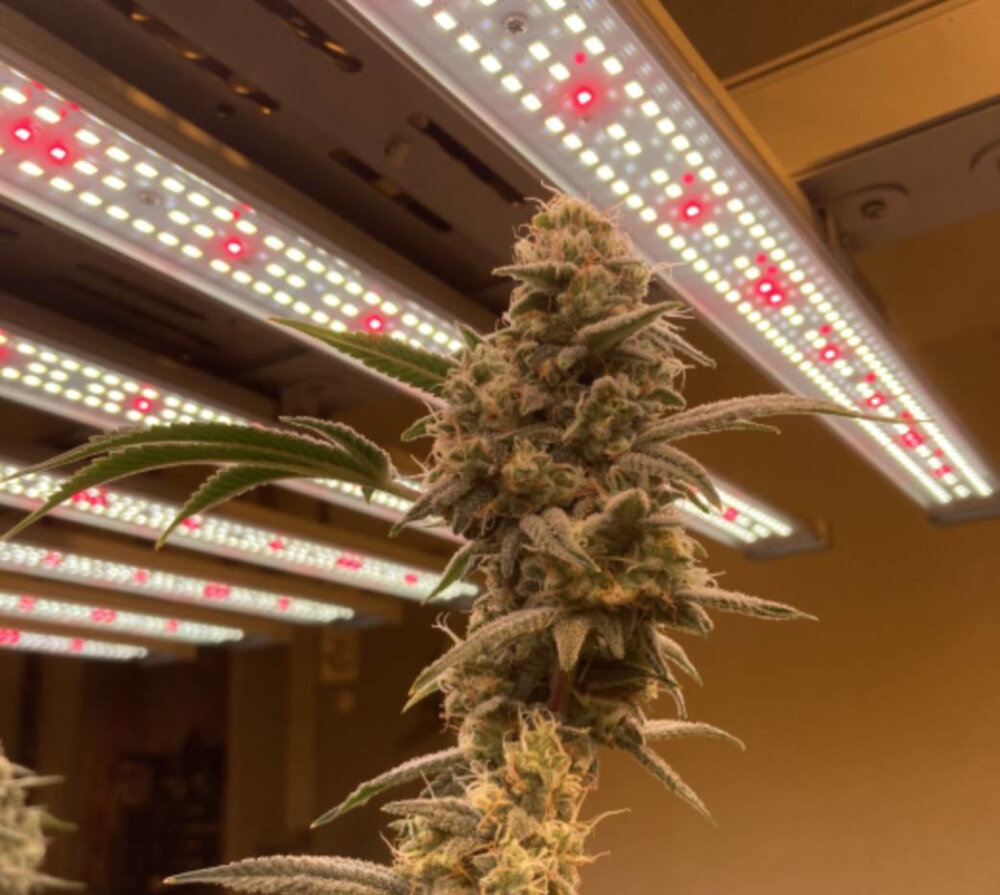
Light temperature can have a significant impact on the quality of our sleep. This is because light plays an essential role in regulating our circadian rhythms, which are responsible for our sleep-wake cycles. The blue light emitted by electronic devices and cool white LED lights can interfere with the production of melatonin, a hormone that helps us fall asleep. This can lead to difficulty falling asleep, frequent awakenings during the night, and feeling groggy and tired the next day. On the other hand, warm LED lights and other forms of warm light can help promote relaxation and enhance the production of melatonin, leading to better sleep quality. Research has shown that the color temperature of light can have a significant impact on our sleep quality. A study conducted by the University of Basel found that exposure to blue light before bedtime led to a delay in the production of melatonin and a decrease in the amount of deep sleep obtained. Conversely, exposure to warm light was found to enhance the production of melatonin and increase the amount of deep sleep obtained. This highlights the importance of choosing the right light temperature in promoting healthy sleep habits. By selecting warm LED lights and avoiding blue light exposure before bedtime, we can improve our sleep quality and wake up feeling refreshed and energized.
Warm LED Lights: A Solution for Better Sleep
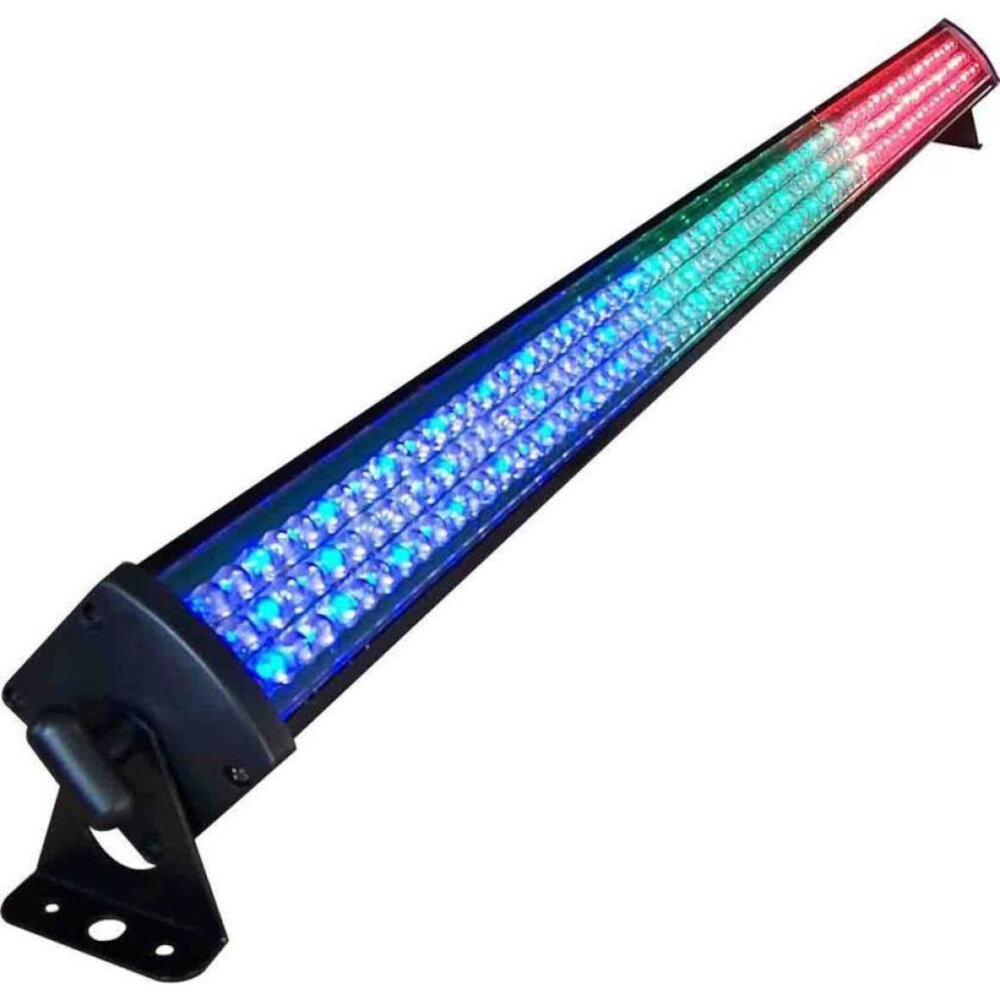
Warm LED lights have been found to be a solution for better sleep. The color temperature of light can significantly affect the quality of our sleep. Blue light, which is emitted by most electronic devices and cool LED lights, can suppress the production of melatonin, the hormone responsible for regulating sleep. On the other hand, warm LED lights have a color temperature of around 2700K, which closely resembles the color of a sunset. This type of light has been found to promote the production of melatonin, making it easier for us to fall asleep and stay asleep throughout the night. Aside from promoting better sleep, warm LED lights also have other benefits. Unlike cool LED lights, which can have a harsh and sterile feel, warm LED lights create a cozy and inviting atmosphere. They can be used to create a relaxing ambiance in the bedroom, which can help ease anxiety and promote relaxation. Additionally, warm LED lights are more energy-efficient and cost-effective than traditional incandescent bulbs, making them a great choice for those who want to save on their energy bills while also improving their sleep quality. Overall, switching to warm LED lights is a simple yet effective way to improve your sleep and enhance your overall well-being.
Tips for Using Warm LED Lights to Improve Your Sleep

Warm LED lights can play a crucial role in improving your sleep quality. They emit a yellow or orange light that is similar to the glow of a sunset, which can help your body wind down and prepare for sleep. To make the most of warm LED lights, it is important to choose the right color temperature. Look for bulbs that have a color temperature of 2700K or lower, as this will emit the warmest light and be the most effective for promoting sleep. Another important factor to consider is the brightness of your warm LED lights. While it is important to have enough light to see and move around safely, too much brightness can interfere with your body’s natural sleep cycle. Aim to use warm LED lights at a level that is comfortable and calming, but not overly bright. By selecting the right color temperature and brightness level for your warm LED lights, you can create a peaceful and relaxing environment that supports healthy sleep habits.
Conclusion
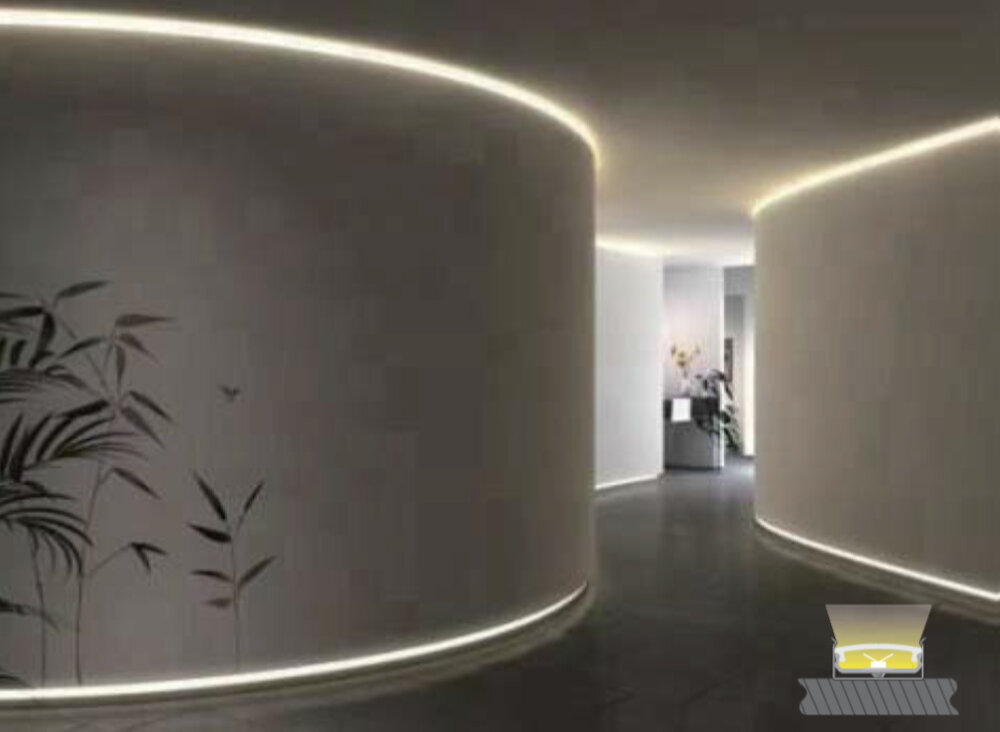
In conclusion, the impact of light temperature on sleep quality cannot be understated. Scientific studies have shown that warm LED lights can significantly improve sleep quality by promoting melatonin production and reducing the disruption of circadian rhythms. By understanding the role of light temperature in sleep regulation, individuals can make informed decisions about the type and intensity of light they expose themselves to before bedtime. Incorporating warm LED lights into your sleep routine can be a simple and effective way to improve the quality and duration of your sleep, leading to better overall health and wellbeing. So, it’s time to switch off those harsh bright lights and embrace the warm glow of LED lights for a better night’s sleep.

